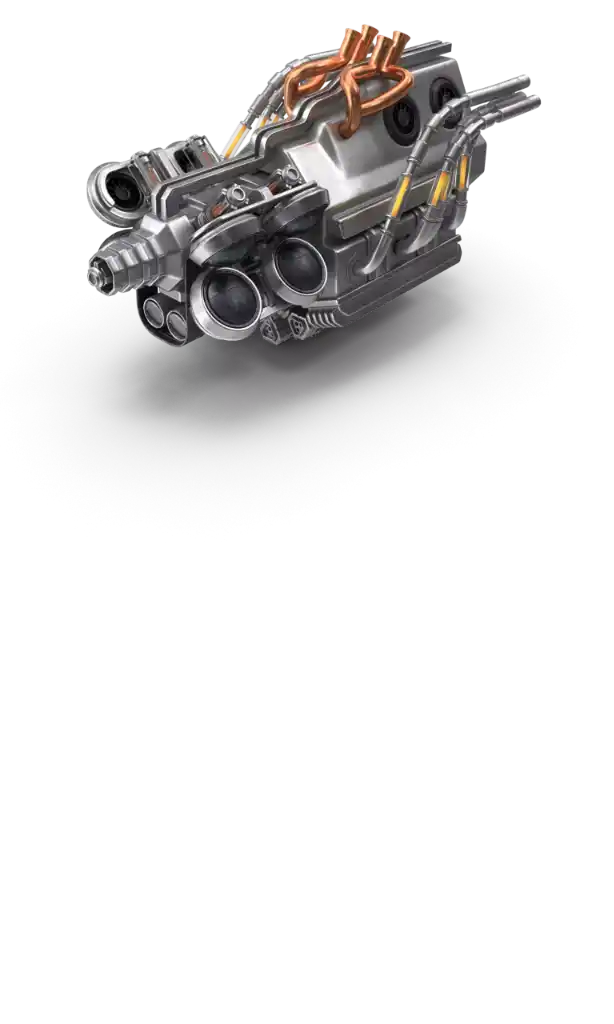Innovation Alphabet
IFE & EFE
in a nutshell
In mathematics, matrices are every high school student’s nightmare. For a manager, however, they can be an essential tool. IFE (Internal Factor Evaluations) and EFE (External Factor Evaluations) are useful methods of analysis for assessing, respectively, the company’s internal environment – discovering its strengths and weaknesses – and the external environment – showing how the company’s strategy responds to opportunities and threats.


Steps
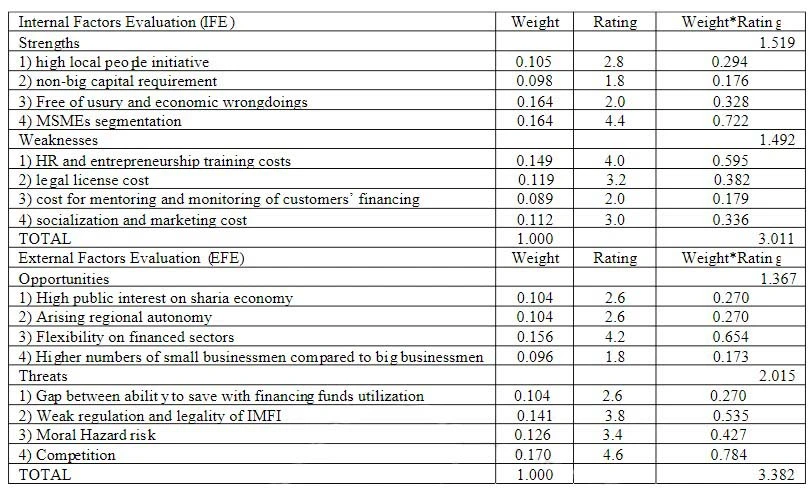
IFE & EFE matrices are constructed in five steps:
1) Key Internal/External Factors. Internal factors – or external factors, depending on which matrix you are working on – relating to all areas of the company are identified. The greater the precision, the better the detail of the matrix and the evaluation that will result. Ideally, at least 10 to 20 internal and just as many external factors should be identified.
2) Weights. Each factor (in the case of IFE the strengths and weaknesses, in the case of EFE the opportunities and threats) will be rated with a score starting from 0.0 (low importance) to 1.0 (high importance). The evaluation indicates how important that individual factor is considered to be to the success of the company. Total sum of the individual weights must equal 1.0. The operation of the analysis assumes that each factor has its own specific weight, different from the others.
3) Rating. Taking a scale ranging from 1 to 4, the evaluation has a different meaning depending on the two matrices: in the IFE case, the evaluation indicates how strong or weak the individual factor is within the company (4 indicates great strength, while 1 indicates profound weakness). In the EFE matrix, the rating evaluates how effectively the company’s strategy responds to opportunities and threats (4 indicates an effective response, 1 indicates an ineffective response).
4) Weighted Score. The weighted score is given by multiplying the weight by the evaluation of each factor.
5) Total Weighted Score. The total weighted score, on the other hand, is given by the sum of the individual weighted scores and should be between 1 and 4. By analyzing the responses from the two environments, the company can develop new strategies to grow and become more competitive.
Do you have a Operations & Human Resources challenge to tackle? Let’s face it. Together.
C-levels from these companies (AND MORE) relied on my expertise to overcom thEIR CHALLENGES IN THIS AREA. And You can, too.
Can I help you?Industries
• IFE & EFE in the construction industry
Total Bangun Persada is among the largest construction companies in Indonesia, with a capital of 5 million Indian rupees. Considering the high degree of development of the infrastructure sector in the country, the company needs constant upgrading, but more importantly, internal and external analysis in order to maintain its status as a market leader, taking into account possible competitors and growing demand.
• IFE & EFE in the education industry
A clear example of how the principles of strategy can be applied to any reality: the Hamedan Branch Islamic Azad University (HBIAU) is the sixth largest university in the world. It conducted a study in 2011 using IFE & EFE matrices in order to derive a strategy for it to help improve its educational offerings and services.
• IFE & EFE in the IT industry
With the purpose of remaining on the Olympus of the world’s most important companies in the IT sector, IBM has carried out several analyses in order to be able to assess its status, also resorting to IFE & EFE metrics. IBM took several factors into consideration, such as the performance of other competitors (including Sony) or even different government legislation.
Business Functions
• IFE & EFE in support of R&D: Google
In order to continue to compete with other giants such as Apple and Samsung, the multinational company born in Menlo Park has resorted to evaluating internal and external factors and then investing in research to be able to implement its position in the wearable device market, such as the Wear OS smartwatch.
• IFE & EFE in support of sales: Amazon
Beginning as a website in the publishing business, Jeff Bezos’ retail behemoth was able to understand and assess market opportunities and the needs of its customers (external factors) and then to transform itself into the world’s largest e-commerce company. Amazon ended 2020 with revenues of $347 billion.
• IFE & EFE in support of marketing: Coca-Cola
With more than 100 years of history, Coca-Cola is probably the most popular soft drink in the world. It has always been able to seize the opportunities offered by events of a certain importance, such as the Olympics (of which it has been an official sponsor since 1928). But also to develop Product Placement campaigns in other fields. One example is cinema, with famous appearances in Steven Spielberg’s “E.T. the Extra-Terrestrial” and Ridley Scott’s “Blade Runner”.
Stay in wonderland
Let me show you how deep the rabbit hole goes.
Check out more of the Innovation Alphabet:
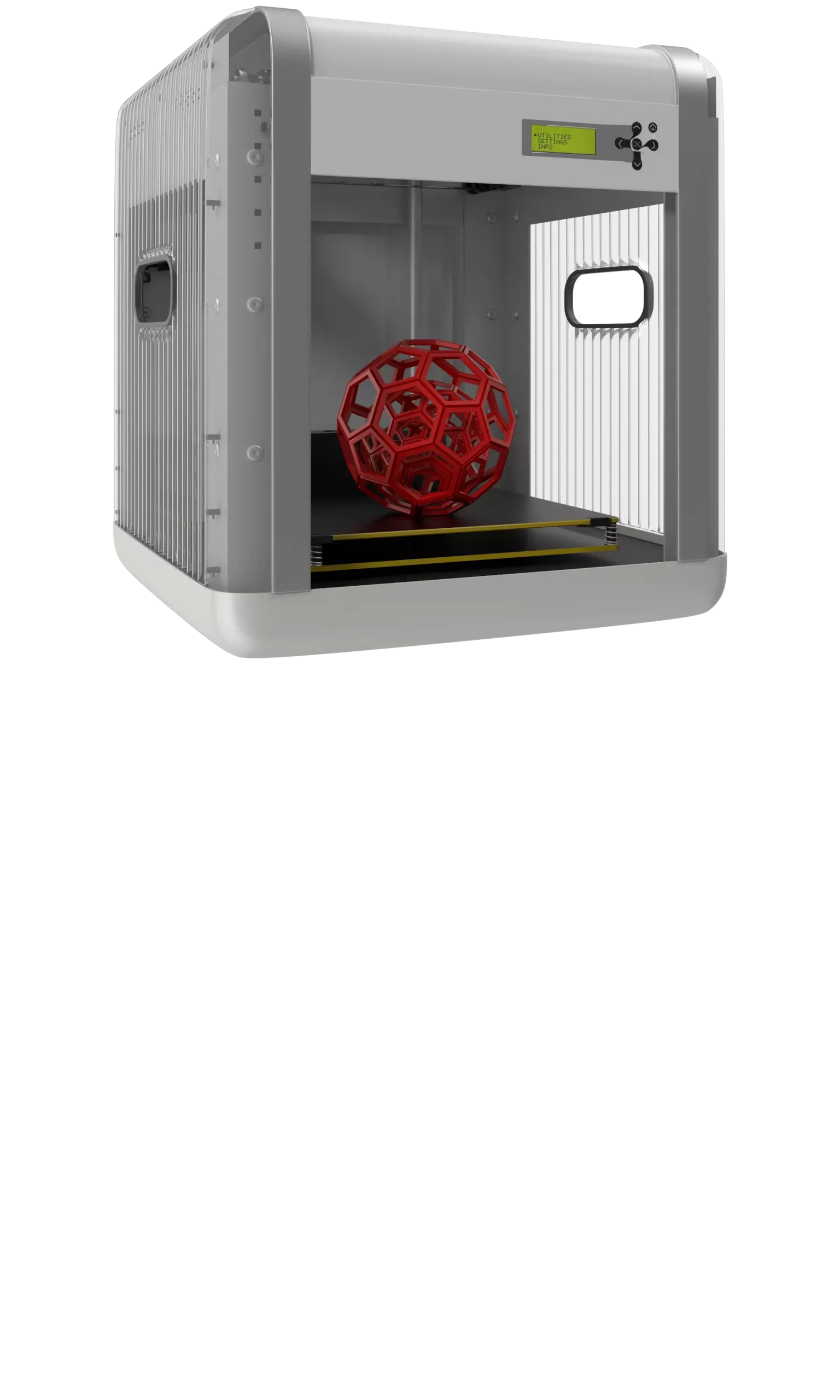
3D Printing
3D Printing
“3D printing” is a process carried out by an electronic device which, instead of resorting to the canonical ink, it molds almost any kind of material: from concrete to living tissue, most usually plastic, but also metal. And the operating principle is similar to that of a traditional printer. The creation of three-dimensional models can lead to the redesign of a company’s production capabilities.
Dive In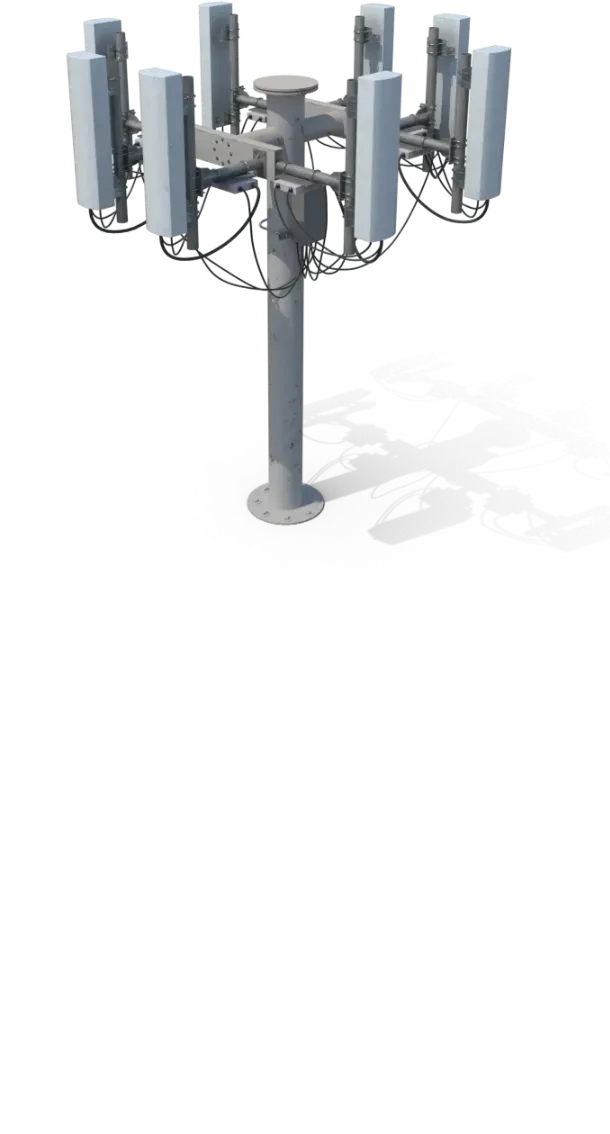
5G
5G
5G is the new frontier of cellular telephony. It was designed to improve (or completely replace) previous generations of mobile networks. The 5th generation features lower latency, ensuring flawless performance of business applications and many other digital experiences – thus enabling the new cultural generations to furiously play Fortnite away from home.
Dive In
Advanced Analytics
Advanced Analytics
The term “Advanced Analytics” refers to the ability to autonomously or semi-autonomously analyze data and content to identify correlations, develop analyses, predictions, and recommendations. It is not just a matter of collecting information and then organizing it into watertight compartments: the ultimate goal is to identify a dialogue pattern from a data-driven perspective.
Dive In
Agile
Agile
Agile is an approach to software development designed to respond to change. Teams quickly analyze the context in which they operate, identify uncertainties faced, and figure out how to adapt to always move forward. Interaction between individuals comes before processes and tools; collaboration with the customer is more important than negotiating contracts.
Dive In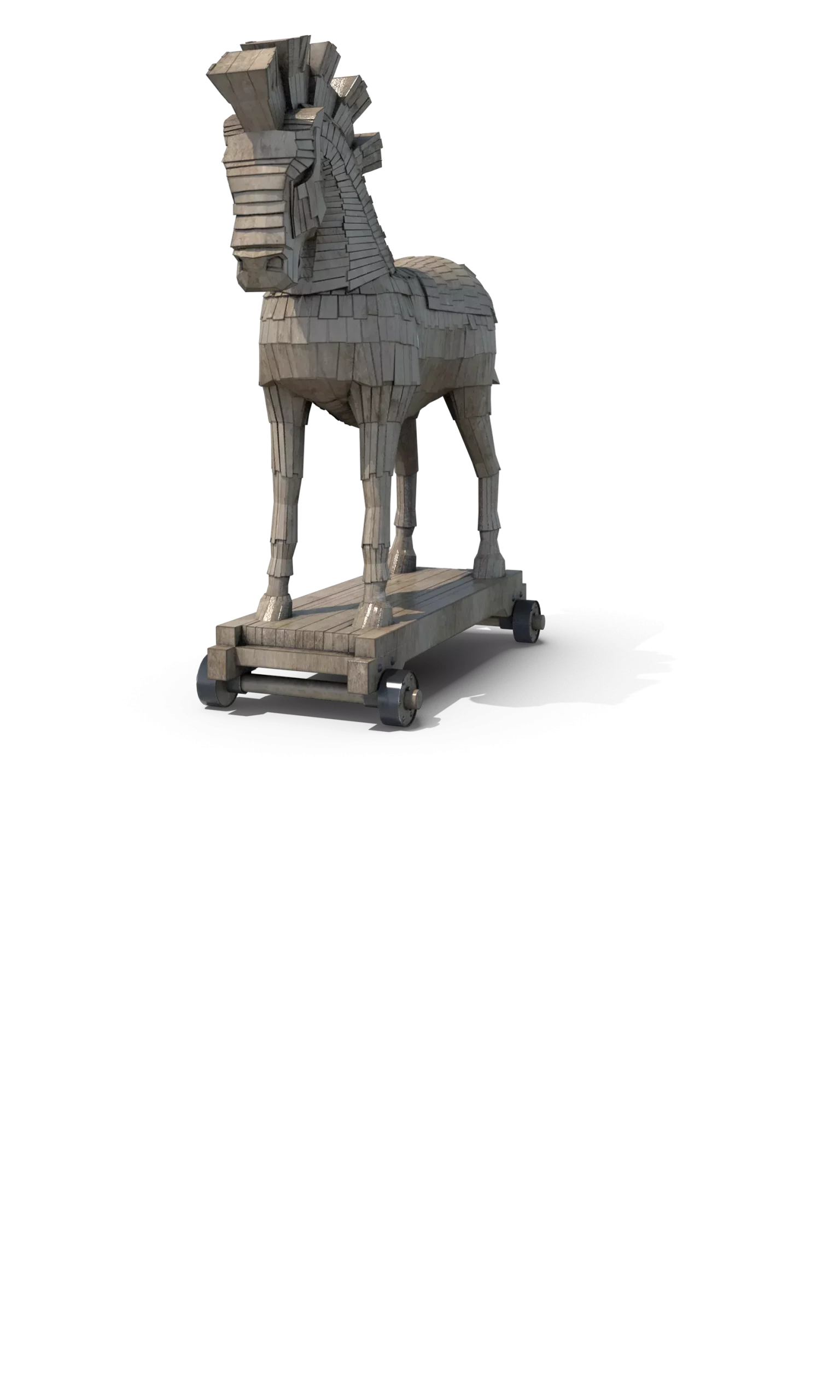
Ansoff Matrix
Ansoff Matrix
The Ansoff Matrix is a marketing planning model that arises from the intersection of new and existing products and markets. It derives four possible strategies for expanding the company’s market, which are built around four variables with a changeable factor of risks and possibilities: existing product, new product, existing market, new market.
Dive In
Artificial Intelligence
Artificial Intelligence
Artificial Intelligence is not strictly defined. Basically, it is a computer system able to make decisions in an independent and flexible way. A good AI application can perform everyday tasks better than an average person (e.g., identifying other people from their photos on social media or beating the best chess player). Nothing to fear, then. Unless you are a chess champion.
Dive In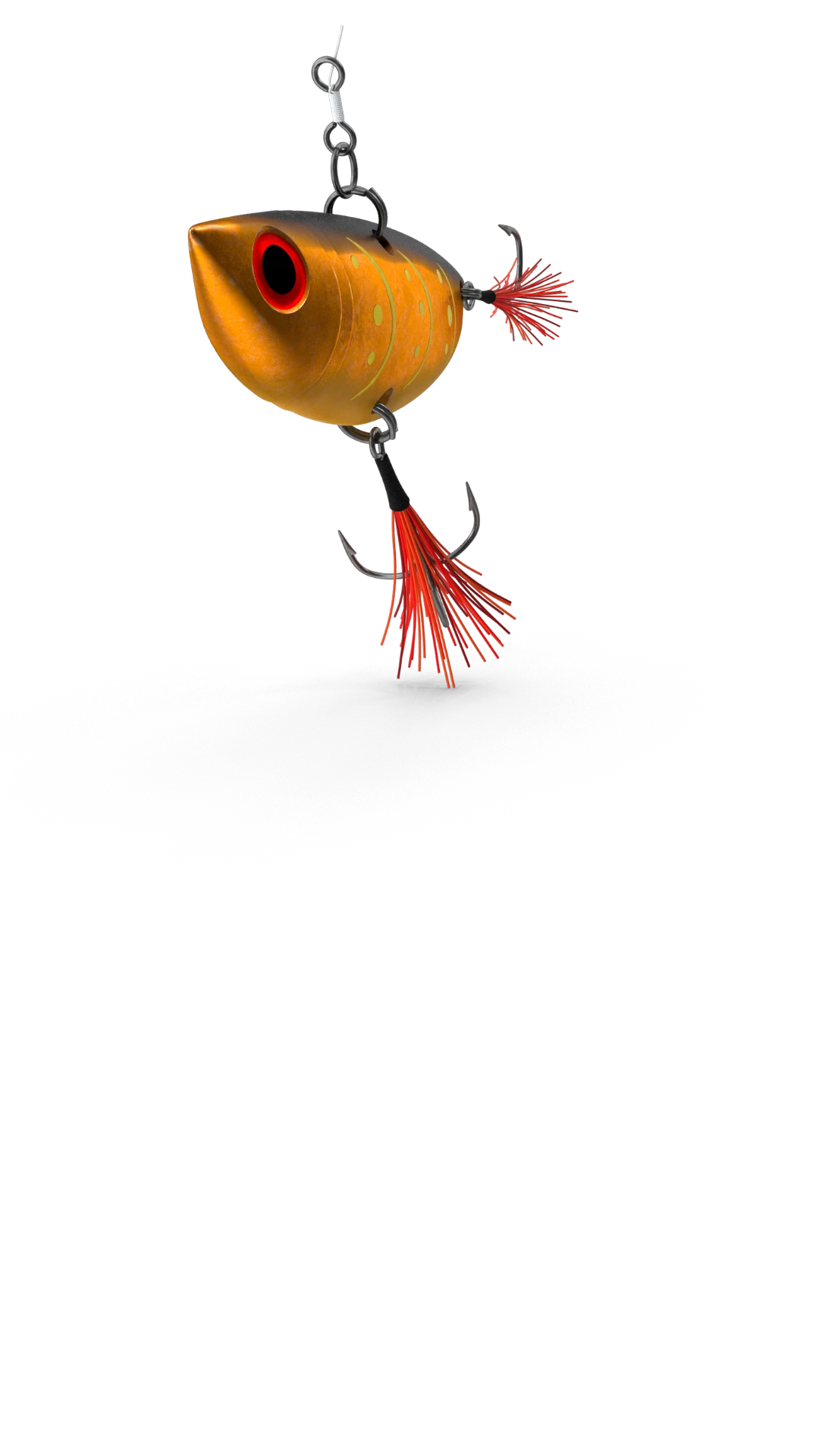
Artificial Scarcity
Artificial Scarcity
We often tend to desire what we cannot have. Or what we are in danger of losing: Artificial Scarcity is a strategy that flaunts a limited number of items that do not correspond to actual availability. The goal is to stimulate the perception in consumers that the stock of items is about to run out and thus create a need based on the “fear of being cut off” or the intention to buy the item in order to resell it at a higher price.
Dive In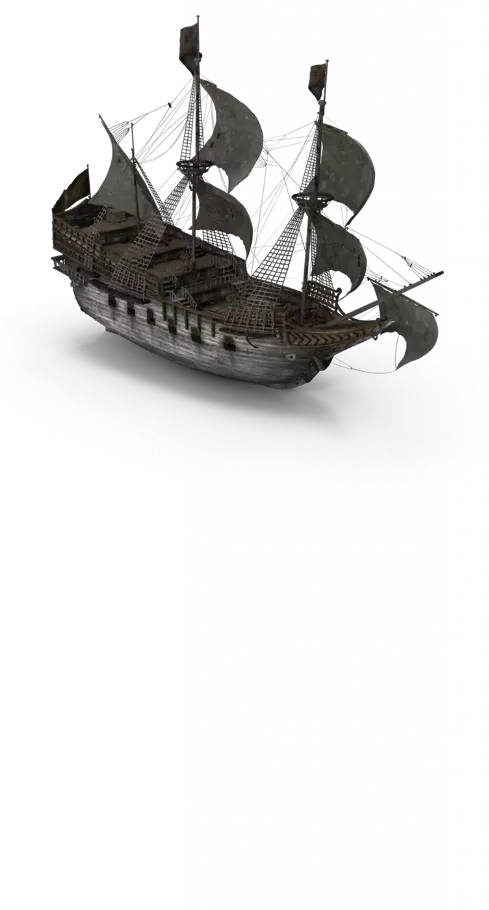
Attack Surface
Attack Surface
The term attack surface refers to the part of a system that may be subject to attack or breach by hackers. The smaller that surface is, the easier it will be to protect it. Indeed, the Internet is an ocean of deep, dark waters: those who navigate it must be aware that they are exposing themselves to a flood of digital risks. Yet, ironically, we do not need a big boat to shelter us.
Dive In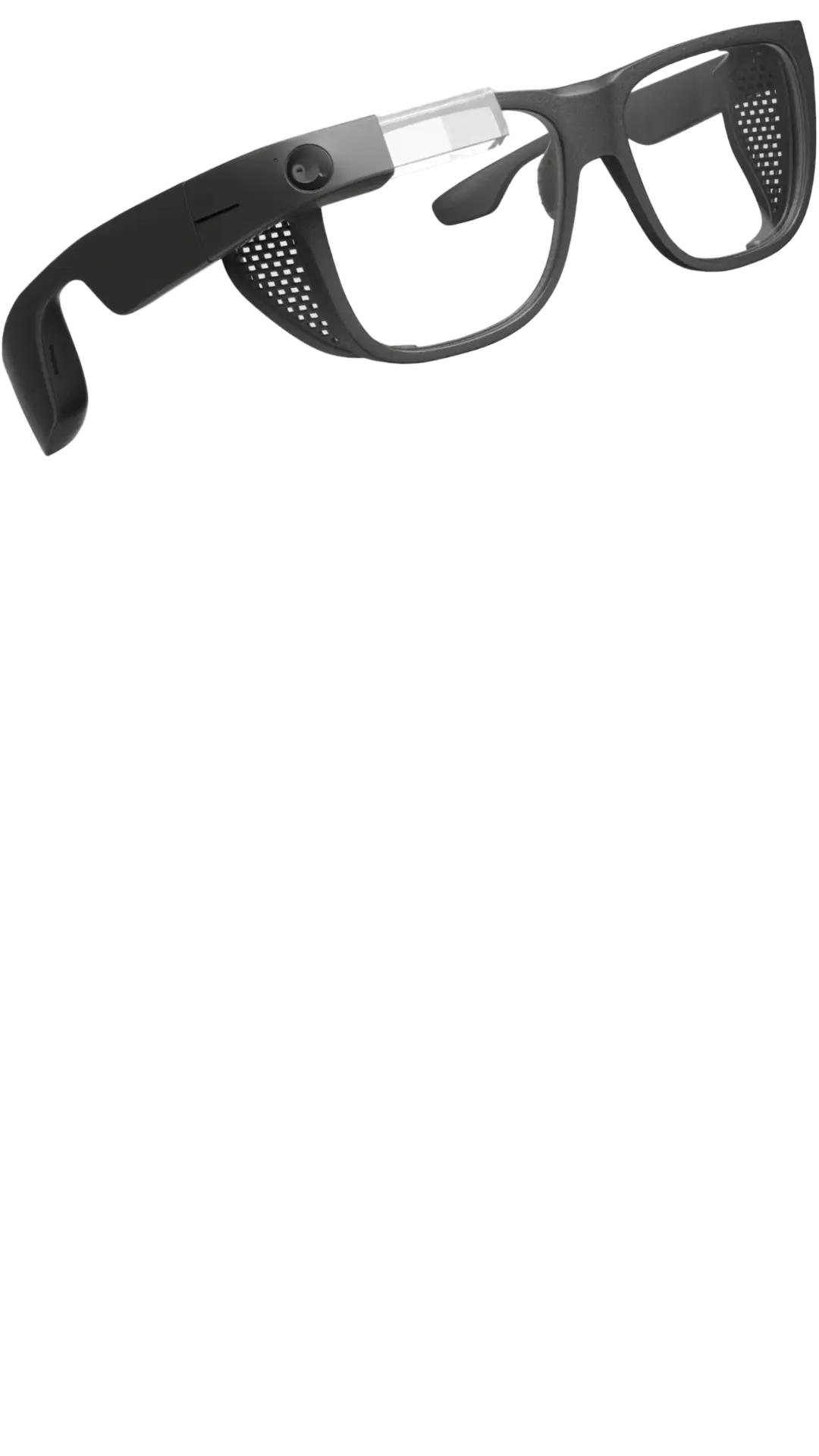
Augmented Reality
Augmented Reality
Augmented Reality is an ever-evolving technology that overlays multimedia information on top of our common sensory horizon to gain a deeper understanding of our surroundings. No, it doesn’t allow you to step out of the Matrix dream simulation, nor can it be accessed by swallowing a red pill. But neither is it the disturbing experience of the Playtest episode of Black Mirror.
Dive In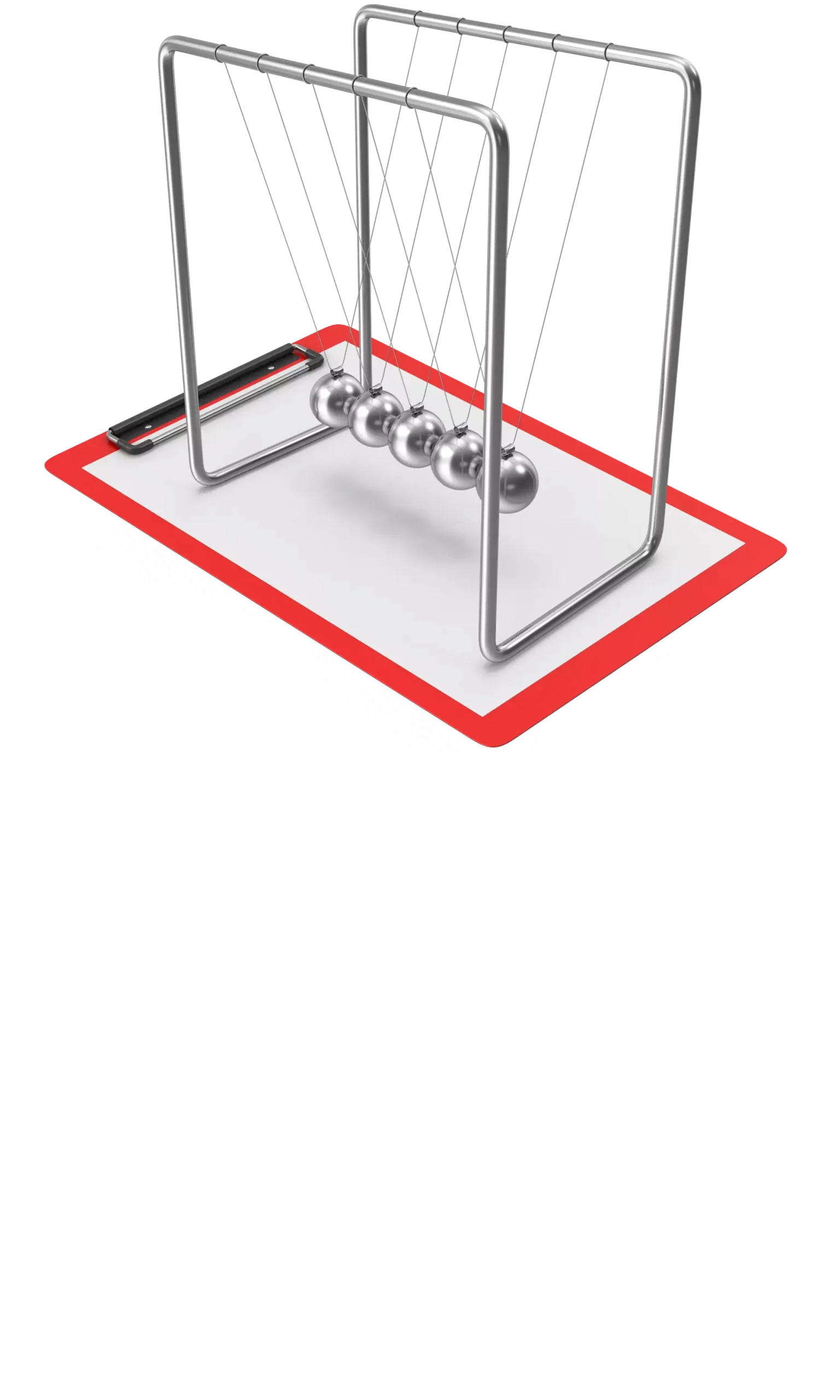
Balanced Scorecard
Balanced Scorecard
In business, as in life, you need balance. The Balanced Scorecard is a holistic tool for strategic management. It offers, in fact, the possibility of assessing corporate performance in its wholeness. An overview that embraces four perspectives: the business/financial side, customers and stakeholders, internal processes, and learning and growth.
Dive In